CHROMATIC SYMPHONY
Unimed Exhibition Room
Avenida Brigadeiro Luis Antonio, 928 – São Paulo (SP)
From: 05/11/2009 to 27/11/2009
.jpg) D1
D1 Mixed technique on canvas 100x100cm
.jpg) D2
D2 Mixed technique on canvas 70x70cm
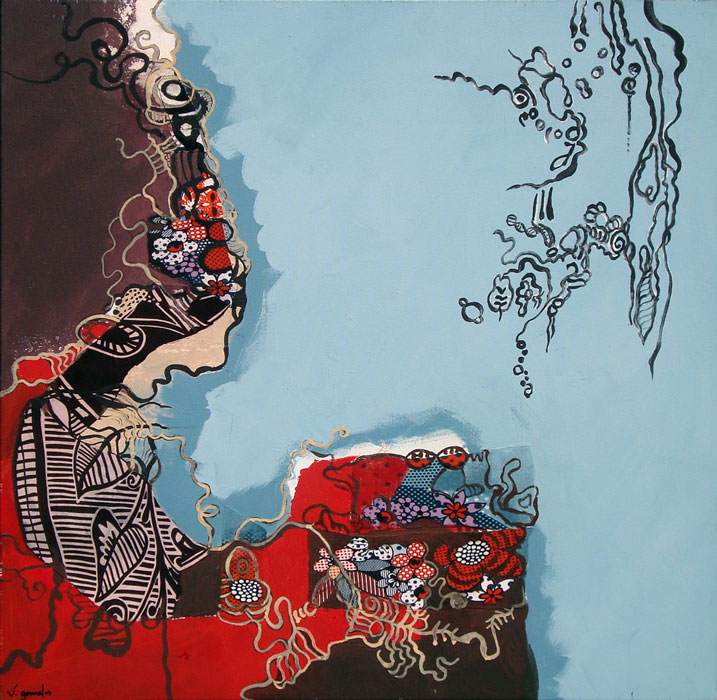 D3
D3 Mixed technique on canvas 70x70cm
.jpg) D4
D4 Mixed technique on canvas 50x50cm
.jpg) D5
D5 Mixed technique on canvas 70x70cm
.jpg) D6
D6 Mixed technique on canvas 90x80cm
.jpg) D7
D7 Mixed technique on canvas 90x80cm
.jpg) D8
D8 Mixed technique on canvas 130x126cm
.jpg) D9
D9 Mixed technique on canvas 70x80cm
.jpg) D10
D10 Mixed technique on canvas 80x70cm
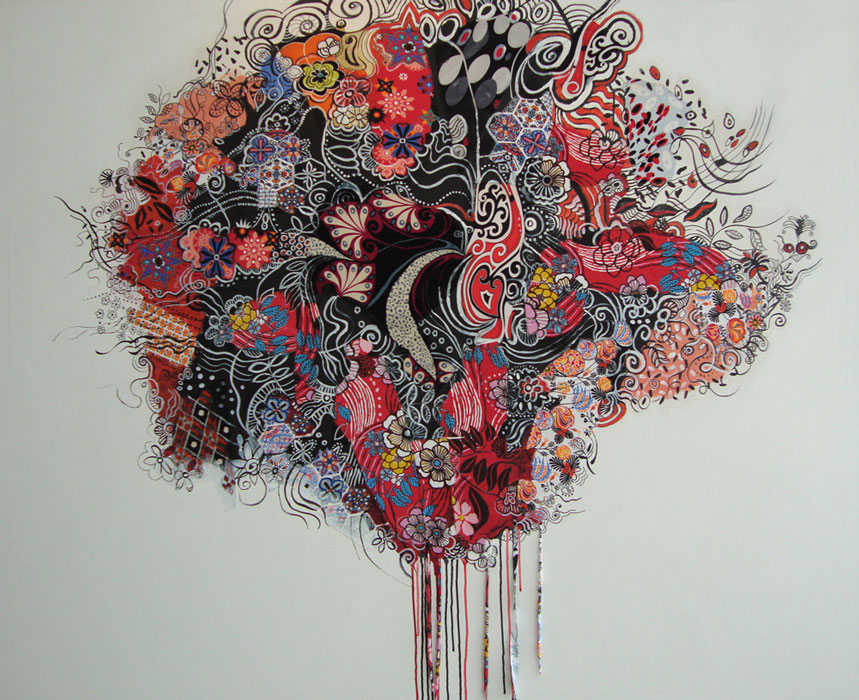 D11
D11 Mixed technique on canvas 133x163cm
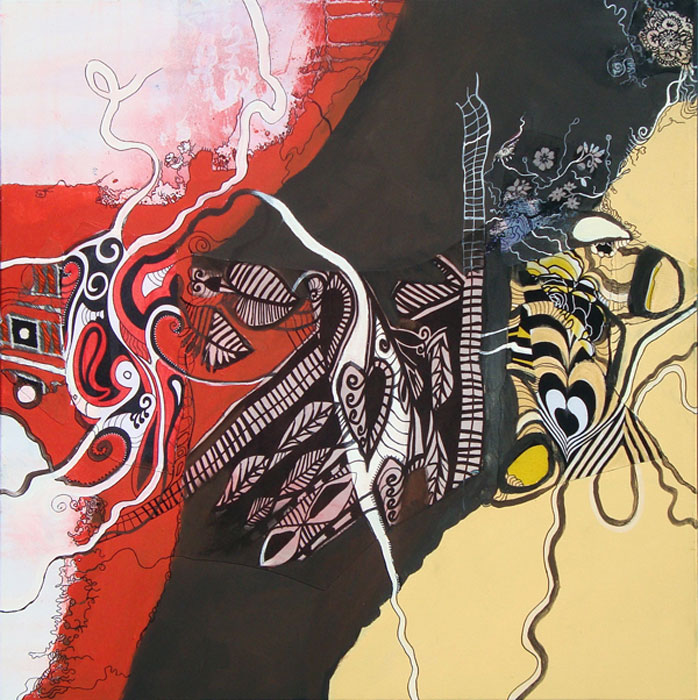 D19
D19 Mixed technique on canvas 70x70cm
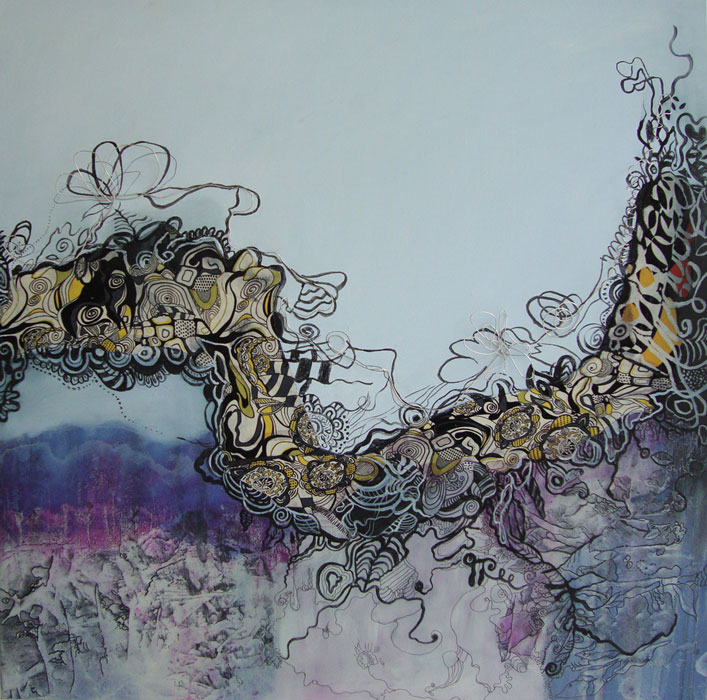 D22
D22 Mixed technique on canvas 100x100cm
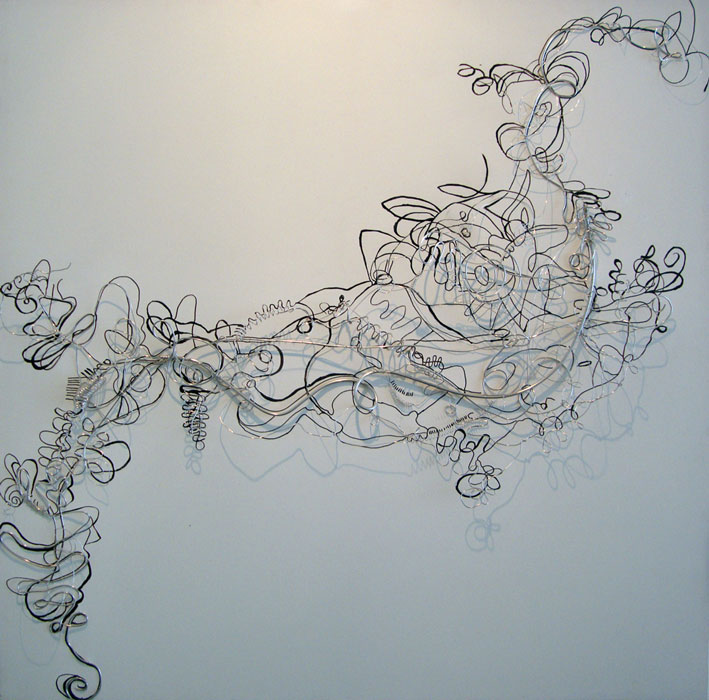 D24
D24 Mixed technique on canvas 100x100cm
Chromatic Symphony by Vicencia Gonsales
We live in a time of intense visual contamination of images coming from television, the internet, cinema, outdoor advertising, print media, etc. etc.
It is an unprecedented bombardment of images in the history of humanity, transforming our vision, which is becoming asleep. Each day, hundreds of thousands of images pass quickly before our eyes.
We hardly have time to contemplate a painting, something that requires a more time-consuming attitude, a subtle and sensitive appreciation at the same time.
In the vast majority of contemporary art events there is little room for two-dimensional works, except for photography. In this current context, although the seduction of the new means prevails, it is still possible to state: Painting is still alive! ...
The current set of works of Vicencia was developed gradually from her previous phases where she experimented informal figuration and later, in her research, explored the possibilities of monotypes and the drawings extracted from their surfaces.
In this process of solid root, the artist extracted the drawing from the painting, which separately was improved as a language, and then reinserted again in the painting, this time in a balanced way and in perfect harmony.
The works of Vicencia transit here among painting, collage and drawing. She paints by drawing and dialoguing with patterned fabrics, integrating them on the surface of the canvas when re-creating and prolonging the contents of these prints by painting and drawing.
The artist uses a creative process that incorporates the multiple, the heterogeneous; it is an expansion of the painting by dealing with collage, drawing, sewing and adding metals on the canvas surface. All that brings radical changes to her way of painting.
In this process, it is possible to identify some elements that make up her repertoire: on the one hand, those coming from prints of glued fabrics, such as flowers, with references to pop art and tropicalism; on the other hand, we can identify the elements coming from the creative action of the artist expressed through lines and intuitive graphic laces, arabesques, references to the art deco movement, to Carnaval. All these elements characterize her present production, which together refer to questions related to the concrete and neoconcrete abstraction.
In a certain way, Vicencia conceptually reveals "Duchampian" inheritances in these collages, when appropriating the designs already in these printed fabrics. It arises here a dialogue between the printed drawing and the represented drawing. That is, a representation dialoguing with another representation and not with the real world. The metalanguage is used herein by introducing a ready-made pattern in the painting and not a represented pattern.
In the work of Vicencia, the question of the drawing and the line is a predominant structural element, it is her symbolic territory, in which all her personality is manifested.
These lines interact with the printed fabrics and the chromatic spaces, granting to these elements that make up the painting, differentiated weights and visual values.
These entangled lines of organic content modify the perception of the artist's saturated painting and lead our gaze through the surface of the painting as it transits among different territories and borders dissolved by the integrative intervention of the drawing, inserting depth on the canvas and increasing the strength of its chromatic fields.
The freshness and complexity of her compositions in the pictorial process give rise to the formulation of the artist's own visual theories, taking us to a singular imaginary of admittedly beautiful and very expressive paintings that keep our attention.
Although we see an apparent ambiguity between emotional and rational territory in Vicencia's paintings, plastically, what ultimately prevails in the field of representation are the emotive lyrical compositions in which the hybrid procedures are gaining space and form in the present time.
The painting of Vicencia has nothing of docile. On the contrary, it is wild to the extreme, and it is precisely this characteristic that makes her work attractive to our eyes.
In this experimental moment of drawing, other strands and possibilities arose around space and architecture.
In her works of architectural intervention, she puts into question the boundaries of painting and the place of art, when the artist extrapolates the traditional boundaries of the canvas support, extending the drawing to the walls, which are incorporated into her work in form of support, transforming these walls into the field of representation of her ideas.
Here, very pertinent issues to contemporary art are discussed: territorial expansion, limitation of traditional supports, ephemerality of the work, action and intervention of the artist in the real space of architecture.
At this moment, Vicencia gives up something precious to many painters: the autonomy of art. It is a dive in the territory of the installations that use the architectural space as support and come to depend on it.
In synthesis, they are highly seductive paintings, which attract attention revealing to our eyes the artist’s intention: the constant search for freedom.
The novelty of the artist's works puts her in a select group of painters who have given new solutions to the conceptual dilemma of representation. At this moment we see the whole authorial statement on the surface of the canvas, thus highlighting her fundamental action as a painter.
The current pictorial moment of Vicencia Gonsales is the best phase of his historical path.
It is worth not losing sight of the new paths to be taken by the artist in the field of painting ... "Walker, there is no path, one makes the path when walking".
Waldo Bravo
ARTIST-CURATOR AND ART-EDUCATOR
"My art talks about the feminine universe, about my dreams as a child, about the curious look kept in my memory, about the life in the countryside and the smell of wet soil, about the joy of living. I talk about the moments of loneliness, about looking at the immensity of the universe and beyond. I talk about the lived moments, about the non-lived ones, about the plots of the world, about the human being. Creating, for me, it's a necessity."

